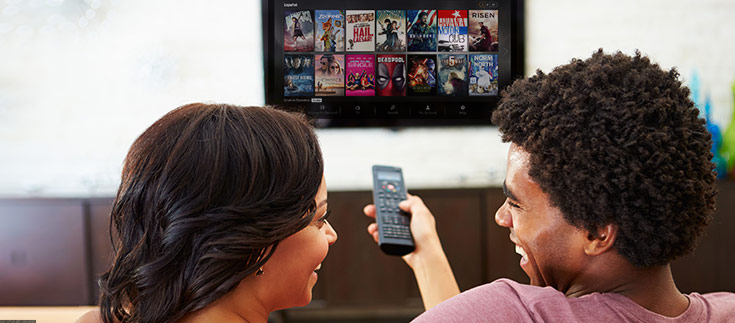With the emergence of virtual MVPD services, such as DISH Network’s Sling TV and AT&T’s DirecTV Now, consumers now, more than ever, have more choices in the way they consume video content. But the notion of cord-cutting may be overblown, as studies have found that Americans are “holding on to their TV packages…because TV is often bundled with an Internet subscription service.”
V-MVPD providers can’t compete with traditional pay-TV providers in providing a stable, valuable and necessary broadband pipe into the home. Therefore, the value proposition of a service like Sling TV is unsubstantiated, as viewers would have to pay Internet plus usage fees for those products.
With an established base of installed subscribers, cable operators have the competitive advantage. By cost-effectively migrating to IP, operators are not only able to offer a full line-up of video programming, but can also deliver more applications, aggregate OTT content from multiple sources and deliver a unified viewing experience. With IP, operators have more opportunities to capitalize on revenue margins and growth. An IP hybrid set-top box enables operators to provide their customers a superior viewing experience, coupled with the operator’s bundled high-speed bandwidth offering.
Forward-thinking cable operators that transition to IP can also deliver Internet of Things (IoT) features like security and surveillance in the home, as well as connectivity for baby boomers to instantly and proactively communicate with healthcare providers.
The future is bright for cable operators in the new world of IP distribution, in a way that V-MVPD and OTT challengers have no capability.

